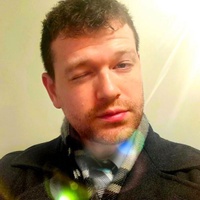On working through resistance
Prelude
jackie sumell is a multidisciplinary artist and abolitionist inspired most by the lives of everyday people. sumell’s collaboration with Herman Wallace (a prisoner-of-consciousness and member of the Angola 3) was the subject of the Emmy Award-Winning documentary Herman’s House. sumell’s work with Herman, along with her projects Solitary Garden and The Prisoner’s Apothecary, have positioned her at the forefront of the national campaign to end solitary confinement and seek humane alternatives to incarceration.
Conversation
On working through resistance
Artist and activist jackie sumell discusses the creative drive behind her work as a prison abolitionist, the need to offer possible solutions to complicated problems, and understanding what true self-care actually means.
As told to Daniel Sharp, 3527 words.
Tags: Art, Activism, Inspiration, Adversity, Mental health, Collaboration, Politics, Education.
Your work, which in part uses gardens as a form of art installation and activism, began with Herman Wallace. Who was he and why did he originally dream of gardens?
Herman Wallace spent 41 years in isolation and joined the ancestors in 2013. So this is speculation based on having the great blessing of knowing him intimately for 12 years. But he was constantly organizing his life inside that six-foot-by-nine-foot cell as it was antithetical to the reality of where he was. What is the opposite of concrete and steel? It’s life. It’s growth. It’s death. It’s rebirth. It’s ever changing. And I think gardens really embody that.
You create these amazing garden installations at a variety of places, often near prisons, that illustrate the size, shape, and reality of prison conditions. How were the first few gardens really planned after Herman’s release and then passing? Who planted them?
The very first solitary garden was grown in collaboration with Albert Woodfox, his closest comrade and third member of the Angola Three, the last member of the Angola Three to come home. All of my personal and political orientation is because of Herman and Albert’s tutelage and patience and love. And without them I wouldn’t be having this conversation with you. I live in Louisiana because of Herman Wallace. And when he passed I was like, “Shit.” Huge parts of my identity and purpose were sort of lost. I was disoriented and grieving, and as one might in those circumstances, I went back and started reading his letters. And I went, “Oh my goodness. He mentioned flowers and plants and gardens so often. Maybe there’s something I can do to honor Herman. Maybe I’ll do a garden at my house. Herman’s Garden. I don’t know.”
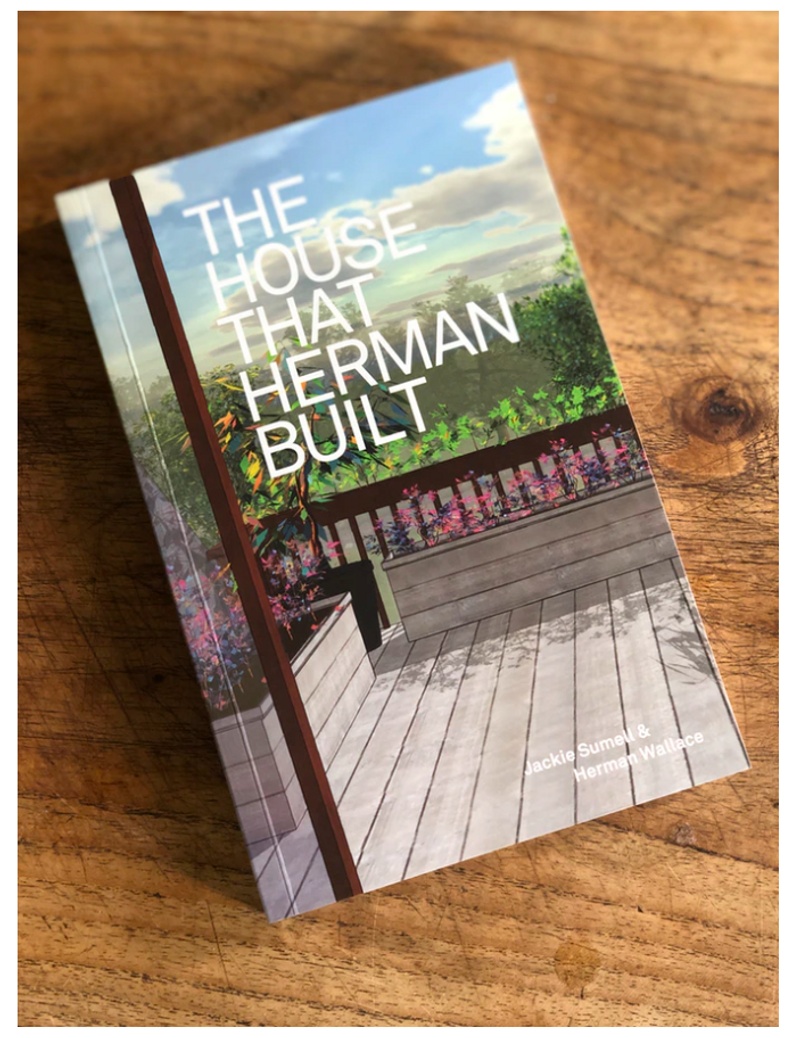
And then I was visiting a friend’s urban farm. I looked at one of their garden boxes and went, “Oh, this is about the same size as Herman’s cell.” Ding! And we were off making the first iteration with Albert.
Then I asked myself, “Well, how can I use the language of gardening and solitary together in a way that not only illustrates what’s wrong, but what is possible?” That’s how I spent the next almost three years, just trying different materials to be able to illustrate the worst of our humanity, and the potential of our humanity. And I feel like we got it right in the newest iteration—the gardens that are made out of sugarcane cotton and tobacco, with the metal bars in the front—and they do exactly that. They’re this object that makes you go, “What? Somebody spends decades in one of these?” And that has an impact. They speak to the history of mass incarceration. That evolution of chattel slavery into mass incarceration through the cane, and the tobacco, and the cotton. Right?
But then the plants in the garden become portraits of folks who are still buried inside our prisons, jails, and detention centers, because the contents are designed by folks who are still in solitary.
It sounds like you are using the visual language and architecture of a prison cell, of a confinement space, to not only kind of reclaim it, but also to really reimagine it too. You’re bringing it very close to the viewer.
That’s right. I think one of the biggest compliments I got was from an organizer from New York who came down and she was, “Oh, this is solution-based. This is exactly what we need.” And we need to catch people up to the reality of what mass incarceration is. It’s affectations, what it means in the 21st century.
But a lot of organizing is around illustrating what’s wrong. We have very little energy to come up with solutions. And so for me, as an abolitionist, you can’t just say, “Make prisons obsolete,” without inspiring folks to want to create an alternative system that makes the existing system obsolete. Right?
I often think about all of the different communities this work touches. One of them is, of course, people working in prisons. Do they respond positively to your work?
Yes and no. One of the ways we knew we were doing a good job, early on in our collaboration with Herman, was when the prison guards made it almost impossible for me to visit him. I was harassed coming into the prison.
And then on the flip side—and I can say this because Herman and Albert are both no longer incarcerated—there were prison guards who would call me on the DL and say, “Hey, I’m going to lose my job. But I know that you are the person to call, and Herman’s in trouble. They’re harassing him.” Or, “You need to call the lawyers.” Or whatever it was.
So it was both. It was powerful and impactful enough that it upset some people, and it was powerful and impactful enough that it inspired others.
Have people working in prisons ever actively tried to stop you from building a garden?
Not from building the garden. So far the solitary gardens are outside of prison grounds, although we’re looking to do one in a youth detention center in Florida. But it’s really, really hard to do anything that is good inside a prison. And also, to be fair, my job in this lifetime is not to make prisons better. Right? It’s to deconstruct them. But that doesn’t mean that I can’t make prisoners’ lives better.
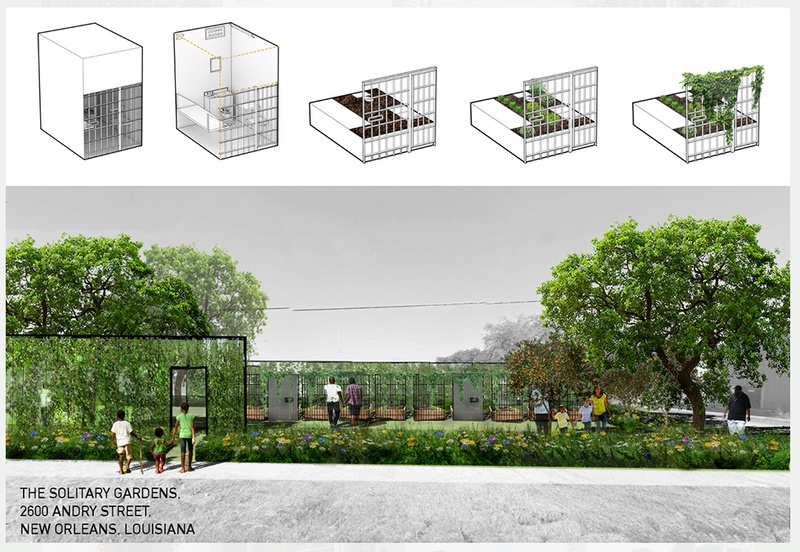
What I have been cautioned not to do by Herman and by Albert is not to make people go, “Well, prisons are actually doing a good job. Look, we have this garden.” Whereas, when you have these solitary gardens on the rooftop of Lower East Side Girls Club, or at Xavier University, or in Houston, right outside Project Row Houses. It becomes a conversational piece for folks outside of the prison. And it’s still able to make an incarcerated individual’s life maybe just a little bit better.
Here’s an example. I had the most fucking unbelievably remarkable experience. I did a keynote for a conference at Brown last fall. I was so nervous. I did all of the things I usually do: I don’t drink for two weeks before. I’m focused, I’ve meditated, I’m on point. And I very, very rarely feel this way, but I got through the lecture, and I nailed it. I did great. I didn’t break down once. I just got all the way through. It was clear. It was concise. I felt good.
At the Q&A I can see someone in the back, back, back of this auditorium, frantically raising their hand. I’m like, “Does anyone have any questions?” And their hand is just waving, waving, waving. And you know right, you never tap that person. That’s the person you avoid. The radical waver, you skip over. And nobody else raises their hand. I’m like, “Fuck.”
I call on them. I just hear this voice say, “Yeah, I’m here to tell you that, well, I spent eight years in solitary confinement and your garden saved my life. My name is…” And I just started weeping, because I knew exactly who it was.
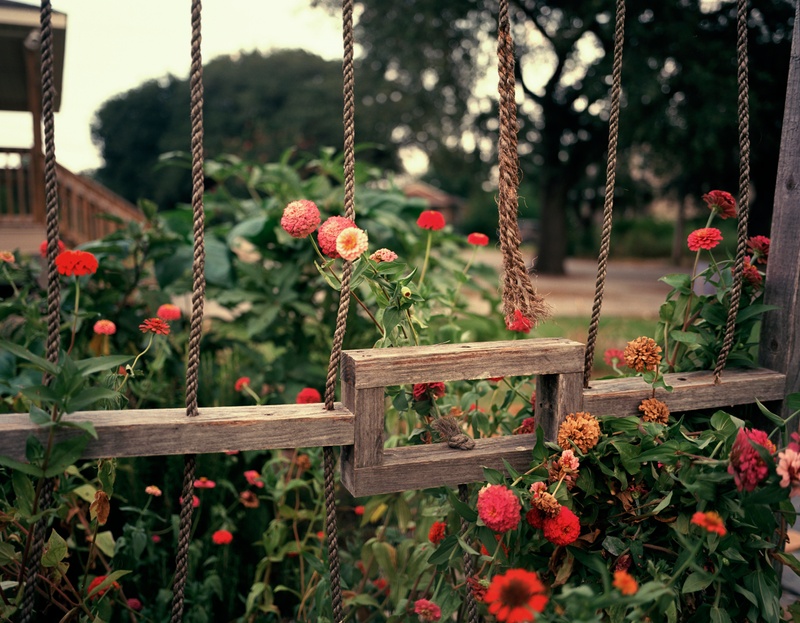
Oh my god.
Oh my god, right? And I just was like, “I can’t believe you’re here.” It was just crazy. It was the first woman to transition inside a maximum security prison in the state of Rhode Island, Arya Serenity. She was held in this male penal colony, maximum security, and started transitioning. And for her “safety,” they put her in isolation. She was in isolation for eight years. She shared this with the audience, saying, “I really was like, ‘No one knows I’m in here. I’m just going to die in this cell. Nobody’s going to ever know. Nobody’s ever going to care.’ And then I got this weird letter from somebody saying, ‘Hey, you want to grow a garden?’ And I went, ‘I am seen. I matter. People care about me.’” And thus began this beautiful relationship.
Her story so eloquently goes back to your idea that your work is solution-based.
Right. But I’m not really telling people what the solutions are. I have some ideas. Instead I want to reclaim our collective imagination. Because my solution may not be best for everybody, right?
Not everyone feels safe. We had to be really creative, and really radical to come up with prisons in the first place, right? Because before that we were quartering people with horses, and hanging them publicly, and putting them in those horrible stocks, and bridling women for speaking… again, sadly about their husbands. You know what I mean? There was a really fucked-up puritanical identity, and it took this collective creativity and actually compassion to be, “You know what? Instead of doing that, let’s do this.” And so my projects aren’t really trying to say, “Let’s actually do this, exactly.” But they’re here to inspire us to combine our imagination, and our creativity, and our compassion, collectively.
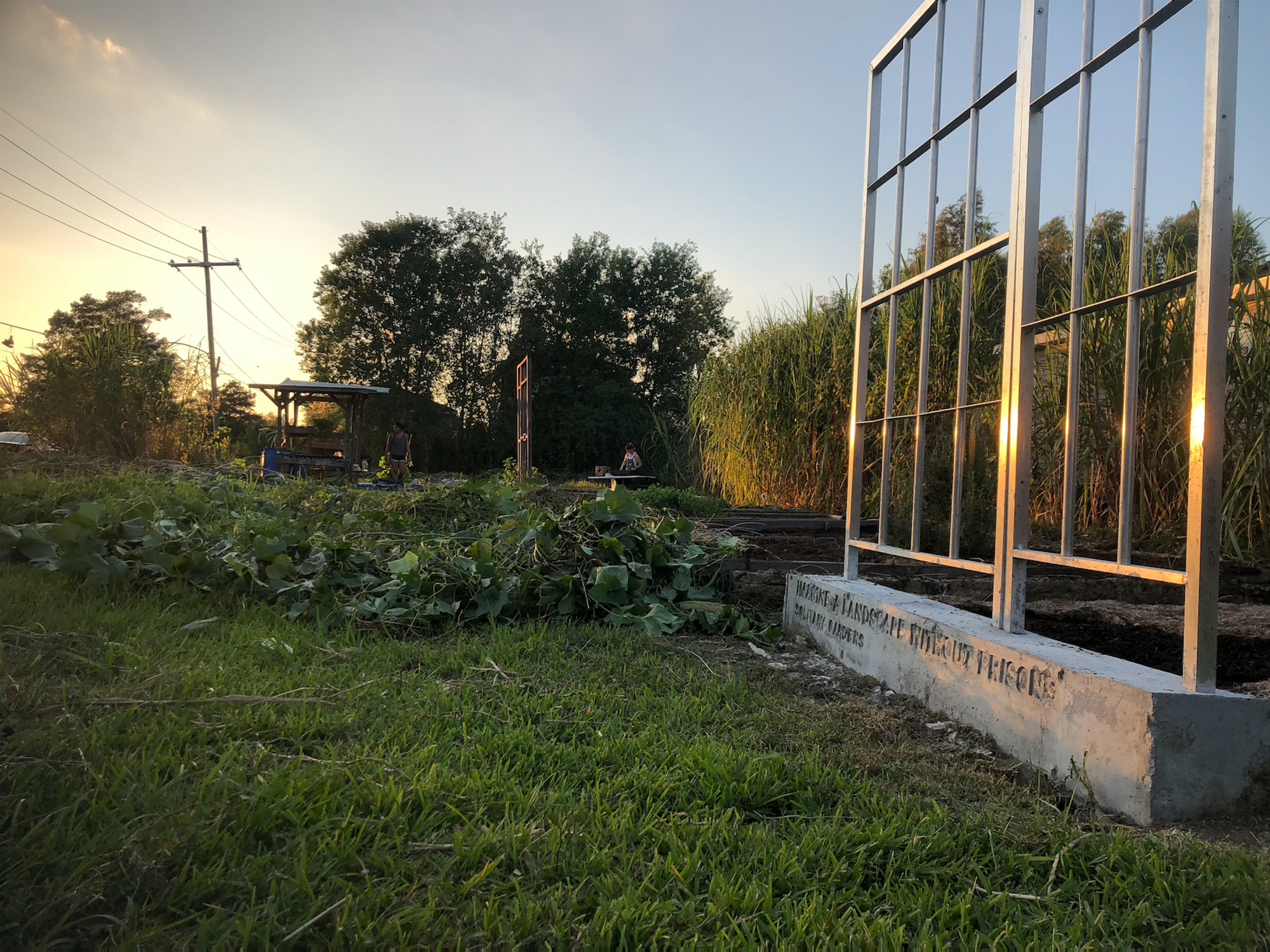
Do you find that people living near prisons are eager to help with your work?
No. Not necessarily. But I think one of the things I’ve learned through Herman and Albert is that if I were to go into prisons and just see every guard, or neighbor, or person standing in my way as the enemy, I will get nowhere. Right? I lose and waste so much energy. But as Herman and Albert did, if I can have compassion for them, then I can actually touch them in a way that is unexpected. Very few prison guards work there because they want to. Most of them are working there out of need. They’re in these rural, poor places, where there’s not much else to do. And it is hard fucking work. It is awful. And they don’t get paid well. But you have to obey the beast in order to get paid better. And so, if we can find alternatives, literally capital alternatives, we can create a new system. Because they’re suffering too.
Who are the kind of people on the other end, who say, “What can I do? I want to help.”
Well, the do-gooders, that are my age. Definitely the do-gooders. There’s also a lot of young folks who help. I’m Gen X. I was born in 1973. My position is coming from the experience of being a college professor, and seeing this next generation come through, and they have a sense of disgust that my generation didn’t have. My generation, our disgust was really selfish and self-motivated, whereas I feel the conversations around climate crisis, and prisons, and all of that, there’s an awakening that’s happening. And in the colonized United States, an awakening means a reckoning. And so, young people are definitely the folks who are most interested in this work.
A lot of people that are my age are owning decolonization, using it as a tool to dismantle systems that my generation has just always known, but we have the collective imagination of living in a society that doesn’t have that. We have that imagination you’re trying to build with your work.
Yeah, I think so. Your generation knows the world a little differently. There was a waiting period for information for my generation. But for you, if you want a vegan falafel that’s gluten free, you just boop boop boop. And it’s there, right? It’ll get delivered to you. You’re used to being satisfied, intellectually and physically, in a way that my generation wasn’t. And when you’re not satisfied politically, it doesn’t feel right. I think that creates a really important tension in your generation where you say, “I have to fix this.” Because you see it’s not right and know you can change it. You’re going, “I’m not seeing what I want to see in the world. I’m not seeing the change. I’m not feeling seen or heard when I vote. So let’s change that.” All of those moments of dissatisfaction are part of that reckoning.
Who are the people that just simply don’t believe in prison abolition?
Oh, so many people. So many people. I mean, I started this work 18 years ago. And I had to sort of walk with them, meet them where they were at, to start with solitary confinement. And then once people really know, there’s almost a universality to abolish it. Because it is so cruel and unusual. Total prison abolition is more of a stretch for people. I run into a lot more friction there. It’s a very slow movement. And it just depends where you’re at. The coast is generally, historically, more in tune with notions of abolition.
It sounds like it’s about validating where the other person is right now, and then giving them space to imagine something different.
Exactly. Exactly.
For people who resist prison abolition, is it always just coming from a place of stigma, or ignorance?
Both. And I think that ignorance is a universal quality. I’m ignorant to a lot of things. I’ve been so surprised so many times by folks who are conservative, or white presenting, who have financial access, and privilege, who think that abolition is the only solution. Then I’ve been equally as surprised when my kid’s mom, whose both baby daddies are incarcerated, still calls the police. And I’m, “You can’t call the police!” It’s experiential ignorance.
But I have excess knowledge—and arguably wisdom—around notions of abolition, anti-solitary confinement, understanding the criminal justice system, all of that. So how do we share our values and our experiences so we awaken the whole society?
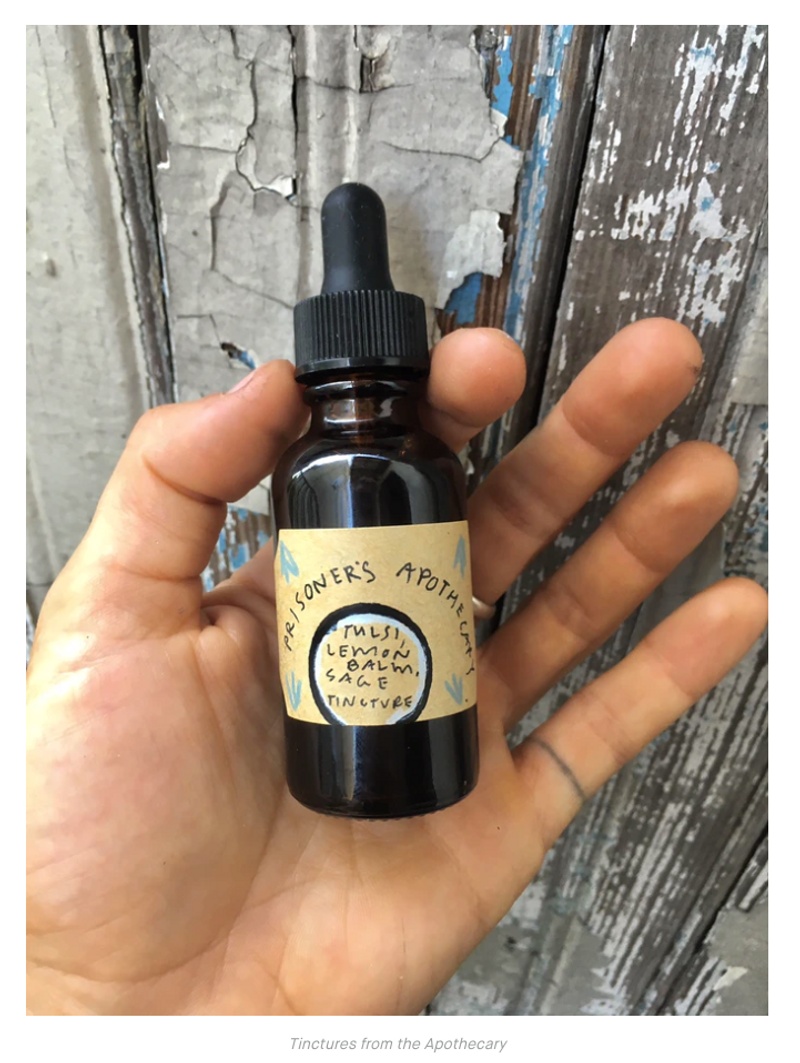
It sounds like a lot of the work you’re doing with Solitary Gardens is practicing community self-care.
Yes. But I would also qualify that by saying it’s not self-care that has been conditioned and co-opted by racialized capitalism. When something is good, when it’s really good, capitalism co-opts it. Even just language around love and compassion, the ability to express love, it’s totally lost due to capitalism. Self-care suddenly became loud after 2016, after the election of P45, and the visible rise of white supremacy.
White supremacy was very large and already existed, but it was clandestine prior to that. And once the capitalist system realized that self-care was something people were looking for when they woke up to our reality, suddenly self-care was on blast. It blew up. It was everywhere. That is not the type of self-care you get at Solitary Gardens.
Yeah. It’s the difference between “individualistic” self-care that feels like an add-on to capitalism, and “communal self-care,” which addresses something at a more base level. I sometimes like calling this self-preservation, which you showed me is something Audre Lorde talks about.
I mean, Audre Lorde and bell hooks and Assata Shakur and Angela Davis, they’re all beacons for me to study and learn from. Audre Lorde was a queer Black woman educator who suffered the last few years of her life with breast cancer. She was trying to survive that. That’s her radical nature of self-preservation, and it is all intertwined with her history. Herman and Albert, their self-preservation was fueled by self-care. And it was unbelievably radical. 44 years in a six-foot-by-nine-foot cell, a minimum of 23 hours a day, to come out of that still human is unbelievable. Preserved? Unbelievable. Their self-preservation was as radical as it comes. Because all the prison wanted to do was destroy them. Right? The more the world wants you to hurt, the more your self-preservation naturally becomes radical.
What are some of your self-care and self-preservation rituals?
In this class that I’m teaching, Radical Art Practice of Self-Care, there’s a strong emphasis on discipline and ritual. And that can mean many different things for different people. If we are trying to be the very best human that we could be for others, then those are two qualities that you can’t dismiss.
So for me, it’s going to sound really silly, but the first thing I do when I wake up is change the water on my altar. And maybe for some people it’s too much to even have an altar. But I want to thank my ancestors, and make sure they always have clean water. Seasonally, I’ll lay some dried wildflowers. I’m conscious of not participating in the hideous flower trade.
Then I have a very ritualistic relationship to my coffee making. It’s a cherished moment of my morning, where things are quiet. My phone is off. I’m not looking at it. I’m not texting. Having a single cup of coffee, quietly, to start the day.
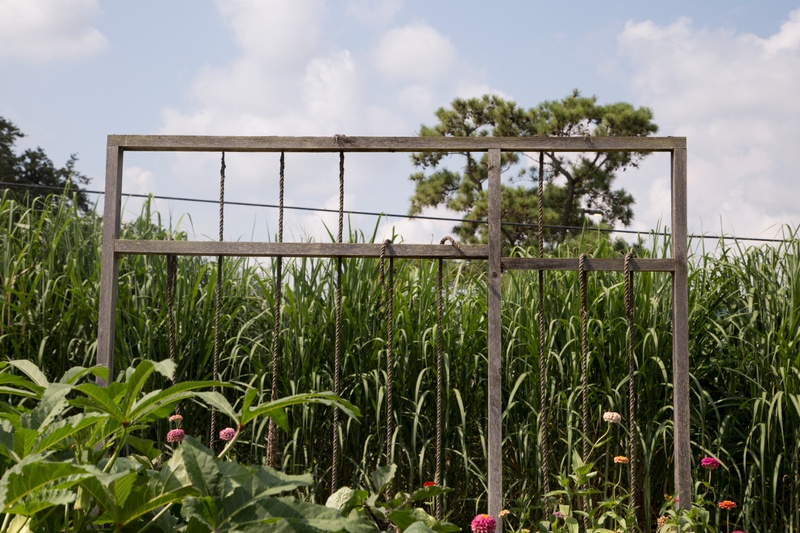
I have to exercise every day, which sounds very capitalistic. And it can be! But it also is that exercise can be what I’m doing right now, which is just talking. And I have to do it no matter what, because I notice when I don’t do it, I’m not actually a nice person.
It’s all because self-care is organized around being kinder—to ourselves, and to others. That’s a really important discipline for me.
This is where we go into the sort of hokey, Hallmark-y kind of world, but I also think it was co-opted from literally 3,000 years of spiritual practice, which is I try to do one selfless kind act a day. And that could be putting a quarter in somebody’s meter. It’s gotten to the point where it’s just so natural. I’m not thinking about it. But in the beginning I was writing it down. “Did I do something kind and selfless where I don’t get recognition from someone every day?”
It’s really just strengthening this muscle that has been ignored under consumer capitalism. Reorganizing. Instead of, “What can I get from you?” I say, “What can I give?” And now, it’s just so natural. And I feel it’s positioned me in such a way that the whole world is different. It feels more important for me to share than it does to take. I feel people are more generous, naturally. And if you are hanging out with people who make you feel bad for who you actually are, then just stop hanging out with them.
You said it.
You’re not canceling them. You’re getting space. Right?
There it is.
You are getting space. And that space is critical, because what fills in that space is people who uplift you. During the last really horrible, heartbreaking disaster in my life, I was never alone. And I was never afraid. I had all these amazing people drop everything to show up. And I was like, “Okay, I’m doing something right.” That means I’m showing up for other people.
Is the goal is to have as many gardens as possible, or as many abolitionist conversations as possible?
The goal is abolition. The goal is to eradicate our need to use prisons as solutions to so called crimes in our community. That is the goal. If within that objective, I have to build more gardens, I’ll do that. But quite frankly, it’s exhausting work energetically and emotionally. And so I feel I’m really just passing seeds to use that metaphor. I’m just shooting them all out, and hoping that they take root, and grow a whole new set of wildflowers who are thinking about abolition. And then shoot out their seeds.
Part of the strategy behind the next step, The Prisoner’s Apothecary, is consistent with the Solitary Gardens, obviously. And The Solitary Gardens are still under the moral tenets of Herman’s house. But the apothecary is much easier, requires a lot less physical energy, to share my work publicly than building a garden bed and asking someone to maintain it. In a way I’m getting smaller and smaller and smaller. Building a house for a man who spent 41 years in solitary confinement, building a garden bed, now making an apothecary with plant medicine. That idea of getting smaller, in order for your idea to get bigger, is also part of this.
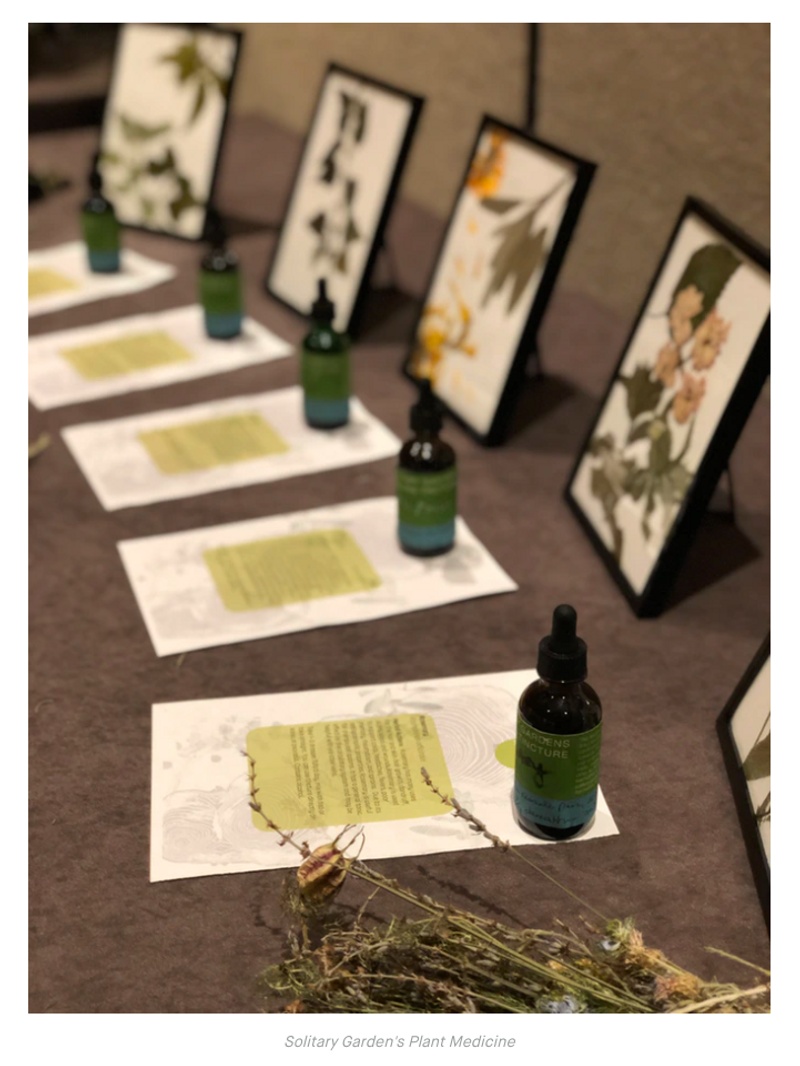
If you’re interested in working in prison abolition, jackie sumell recommends…
Critical Resistance has been doing this work for a very long time. Look to see if there’s a CR chapter in your area. I know in New York for sure there is. Ruthie Gilmore and Angela Davis cofounded it, I think, in 1994.
Use Google to look for things like “transformative justice,” or “restorative justice,” and see what’s happening around that in your area. You’ll find all the books and podcasts.
If you need to read something, start with Are Prisons Obsolete? by Angela Yvonne Davis. That is a great starting point.
- Name
- jackie sumell
- Vocation
- Artist and abolitionist
Some Things
Pagination
